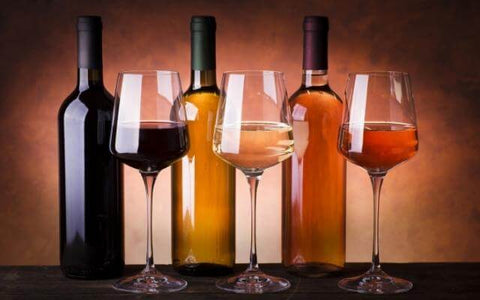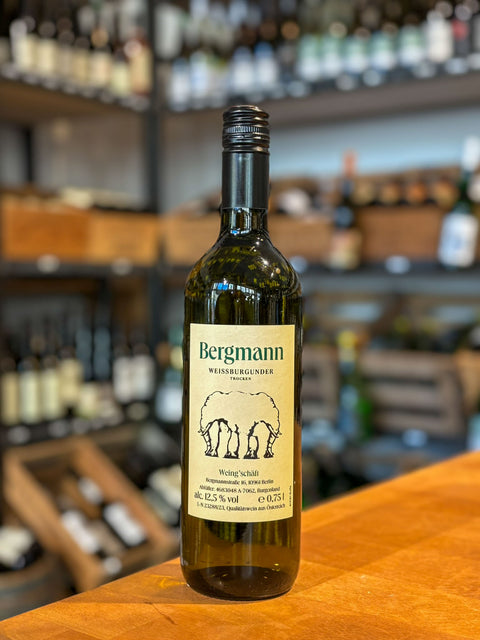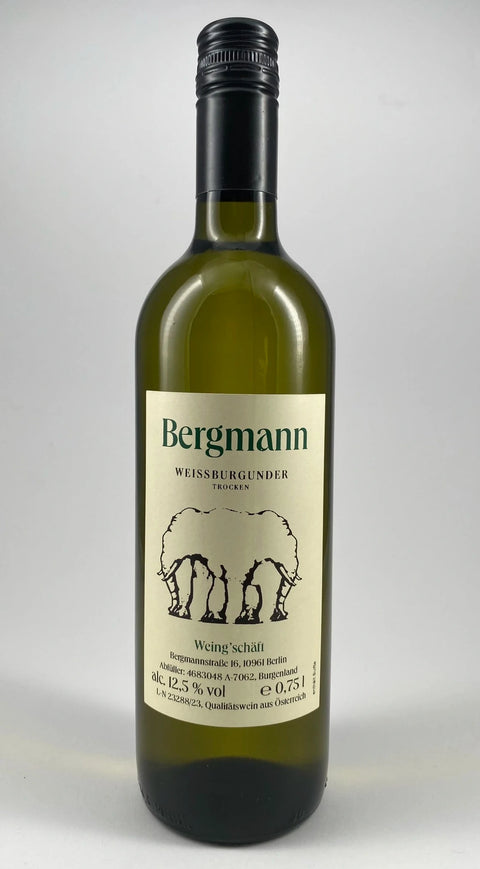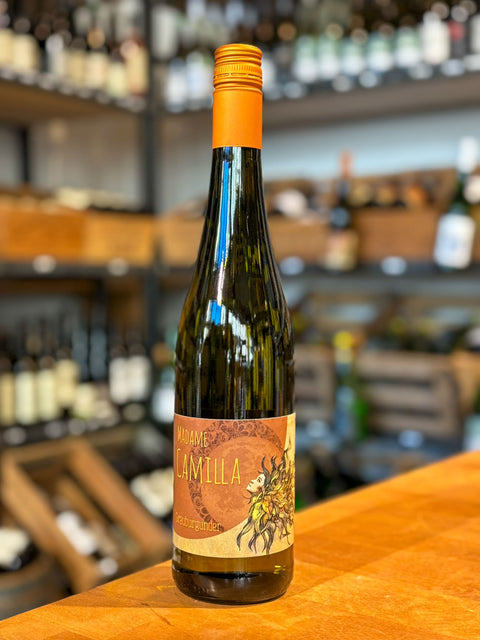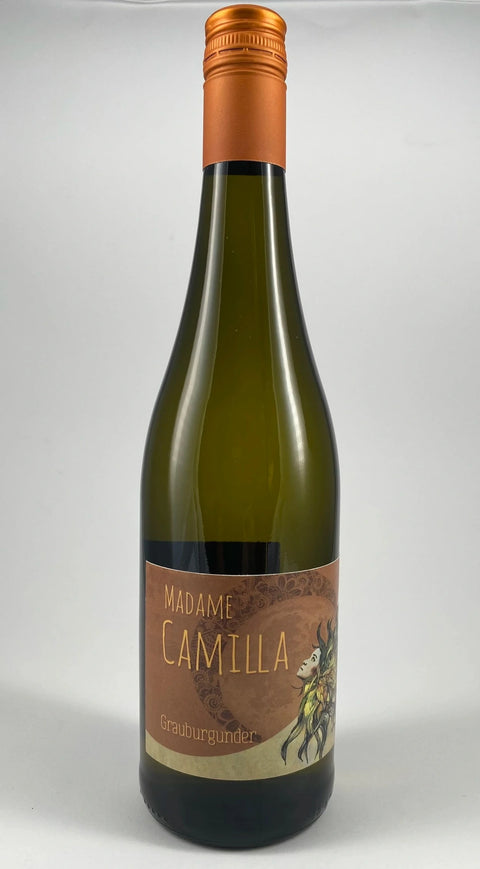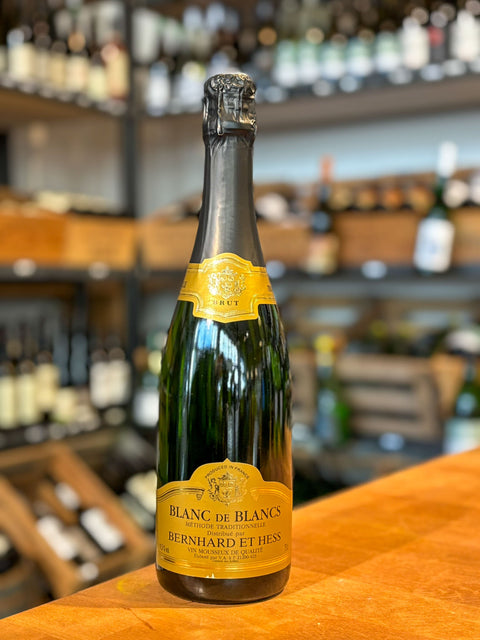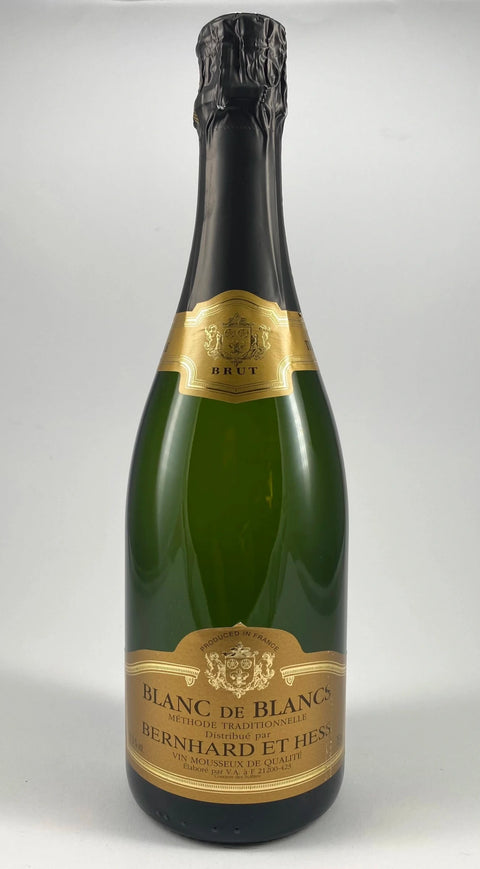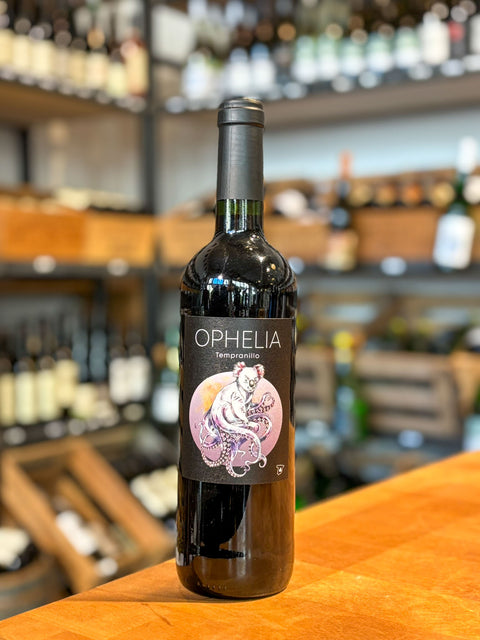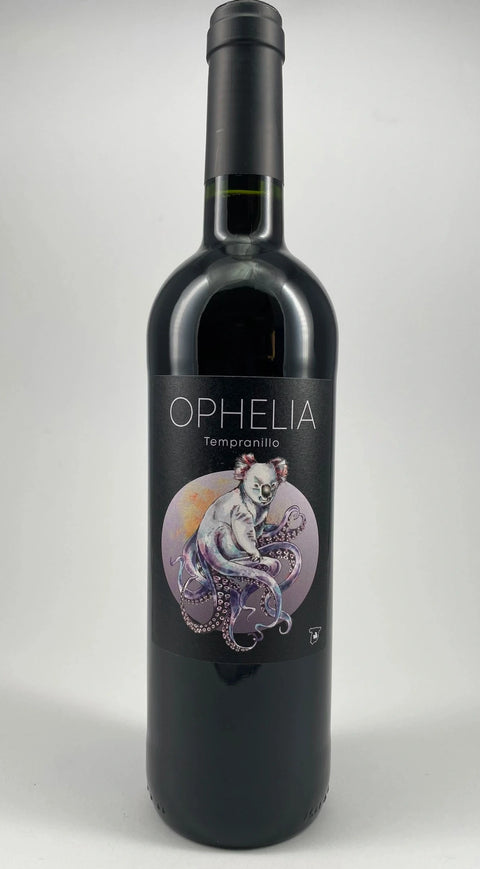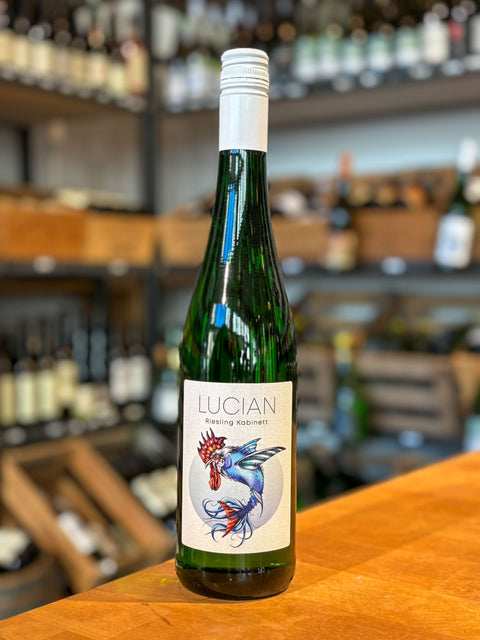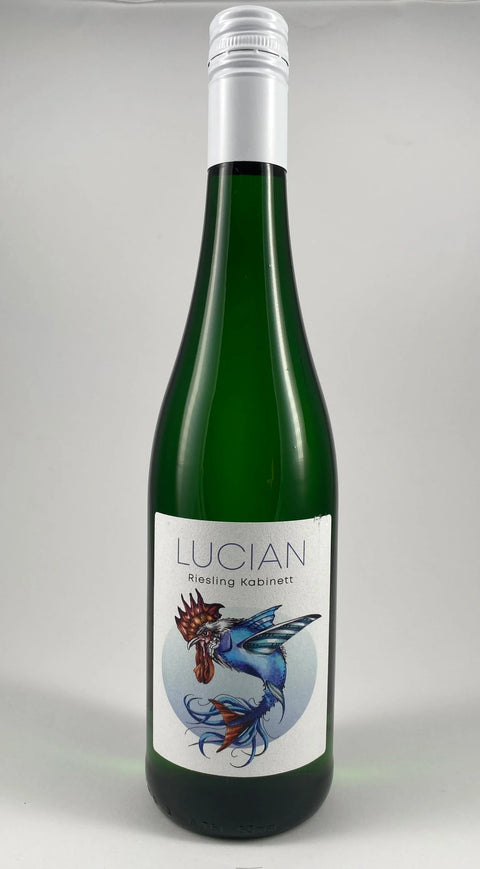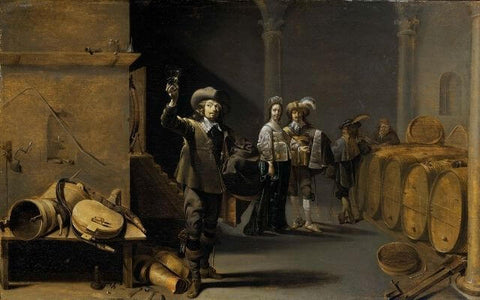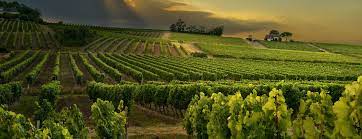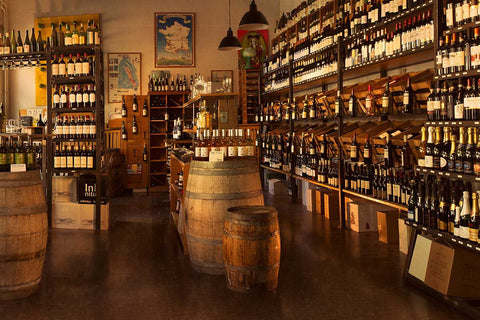The three most well-known and most widely consumed types of wine in the world are, of course, red wine, white wine, and rosé wine. However, there are four other types of wine that are less commonly thought of, but which end up in the glass almost as often.
We now introduce you to these 7 types of wine and their most popular grape varieties and best-known versions.
Basically, you can distinguish between 7 types of wine :
-
red wine
-
white wine
-
Rose wine
-
Sparkling wine
-
sparkling wine
-
dessert wine
-
liqueur wine
1. Red wine

Red wine is made from red or blue grapes and undergoes a different production process than that used for white wine.
The color of a red wine comes from the skin of the grapes, which is why it is allowed to ferment together with the must - the so-called mash fermentation.
The 5 most important or well-known red wine grape varieties
- Cabernet Sauvignon
- Pinot Noir
- Merlot
- Sangiovese
- Tempranillo
Red wines contain more tannins than white wines, which is related to the contact time between the must and the skins. The intensity of the color is also influenced by a longer contact time.
For heavy red wines, this contact time can be up to two weeks, whereas lighter red wines only remain on the skins for a few days.
After mash fermentation, a good red wine is stored in a large wooden barrel (or barrique), which gives it additional spicy notes in addition to the grape and fruit aromas.
Flavor variations
In the red wine family, one can distinguish between 3 taste variants:
Dry red wine
Semi-dry red wine
Sweet red wine
2. White wine

The most widely produced type of wine worldwide is the fruity white wine, which is drunk young. The grapes used to make white wine vary in color. There are white, yellow, green, and even brownish to red grapes used to make white wine.
White wines made from both light and dark grapes are pressed immediately after destemming and crushing. The must is then fermented without the grape skins. This allows you to produce a light, white wine even from dark grapes.
The 5 most important or well-known white wine grape varieties
- Riesling
- Sauvignon Blanc
- Chardonnay
- Pinot Blanc
- Pinot Gris
A white wine is drunk young and is characterized by its fruity aromas and the acidity is usually quite high compared to a red wine.
In addition to fresh white wines, there are also more powerful white wines with lower acidity and slightly higher alcohol content. These are often aged in large wooden barrels or in barrel vats.
Flavor variations
There are also three taste variations for white wines:
Dry white wine
Semi-dry white wine
Sweet white wine
3. Rosé wine

Rosé wines are made from dark (red, blue) grapes. Unlike red wines, the must is separated from the skins after just a few hours during production. This way, only a small portion of the color pigments from the skins end up in the must, giving the rosé wine its pink color—as its name suggests.
The 5 most important or well-known rosé wine grape varieties
- Pinot Noir
- Grenache
- Syrah
- Tempranillo
- Blue Portuguese
Flavor variations
As with the two main varieties, rosé wine is distinguished between:
Dry Rosé
Semi-dry rosé
Sweet Rosé
4. Sparkling wine

Sparkling wines include sparkling wine, crémant and champagne, as well as Spanish cava.
The basis for a sparkling wine is usually a white still wine with a low alcohol content, since the wine in the bottle produces additional alcohol in addition to carbon dioxide.
For sparkling wine, the overpressure in the bottle must be at least 3 bar.
Pink champagne, which is also partly made from red grapes, is becoming increasingly common.
The 4 most popular sparkling wine varieties
- Sparkling wine
- champagne
- Crémant
- Cava
Flavor variations
In the world of sparkling wines you will also find the following flavors:
Dry sparkling wine
Semi-dry sparkling wine
Sweet sparkling wine
5. Sparkling wine
A slightly lighter and sometimes more cost-effective alternative to sparkling wine is a perle. Sparkling wines are considered semi-sparkling wines because, with 1 to 2.5 bar overpressure, they are less explosive than sparkling wines.
In contrast to sparkling wines (full-bodied sparkling wines), sparkling wines are not subject to the sparkling wine tax of €1.02 per bottle, which is why the price is slightly lower.
The most famous names for sparkling wines
In Germany, sparkling wines are also called "semi-sparkling" or "semi-sparkling", in Italy they are often called "Frizzante" or "Prosecco" and in France they are called "Perlant" or "Pétillant".
6. Dessert wine

Dessert wines (also called noble sweet wines) are wines that are partly made from grapes affected by noble rot.
These grapes, affected by noble rot, shrivel severely, resulting in very little juice. This naturally results in a very low wine yield, which explains the high price of these dessert wines.
During production, the cellar master stops the fermentation prematurely, resulting in a dessert wine with a high sugar content and a low alcohol content.
The best known examples from the dessert wine family are Beerenauslese and Eiswein, which often have a residual sugar content of over 100g per liter.
7. Liqueur wine

In principle, liqueur wines are also considered dessert wines, although they differ significantly in taste and production.
While the dessert wines mentioned above have a low alcohol content, the liqueur wines are different.
The fermentation of the liqueur wines is stopped by adding high-proof alcohol, which kills the yeast. The liqueur wines then mature in barrels, thus acquiring their warm and robust aroma spectrum.
The 5 most famous liqueur wines
- Port wine
- sherry
- Madeira
- Marsala
- Banyuls

